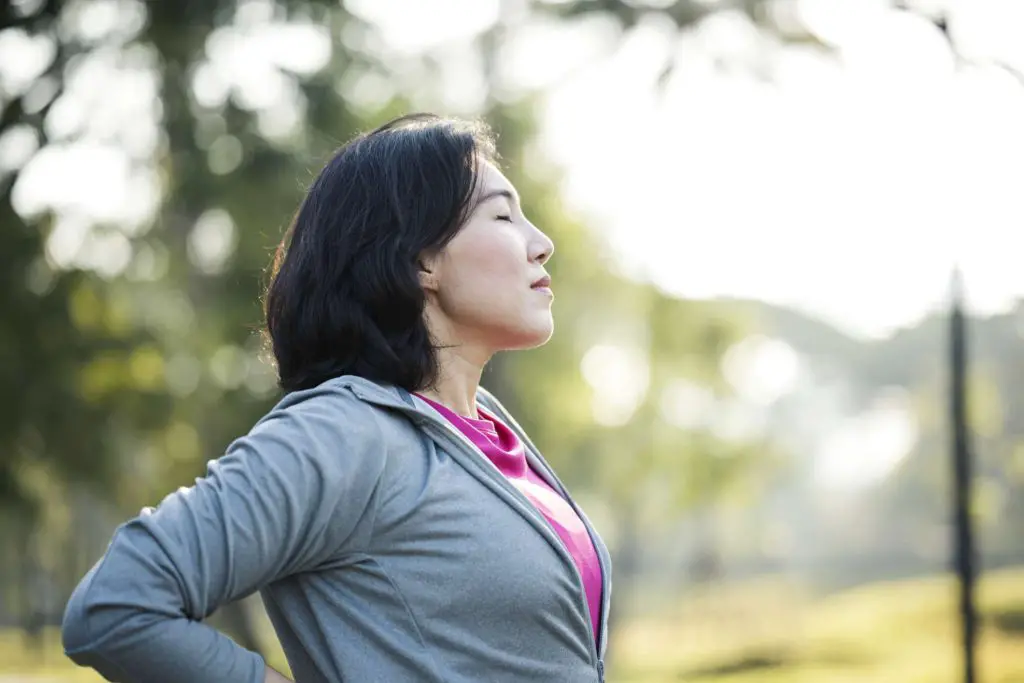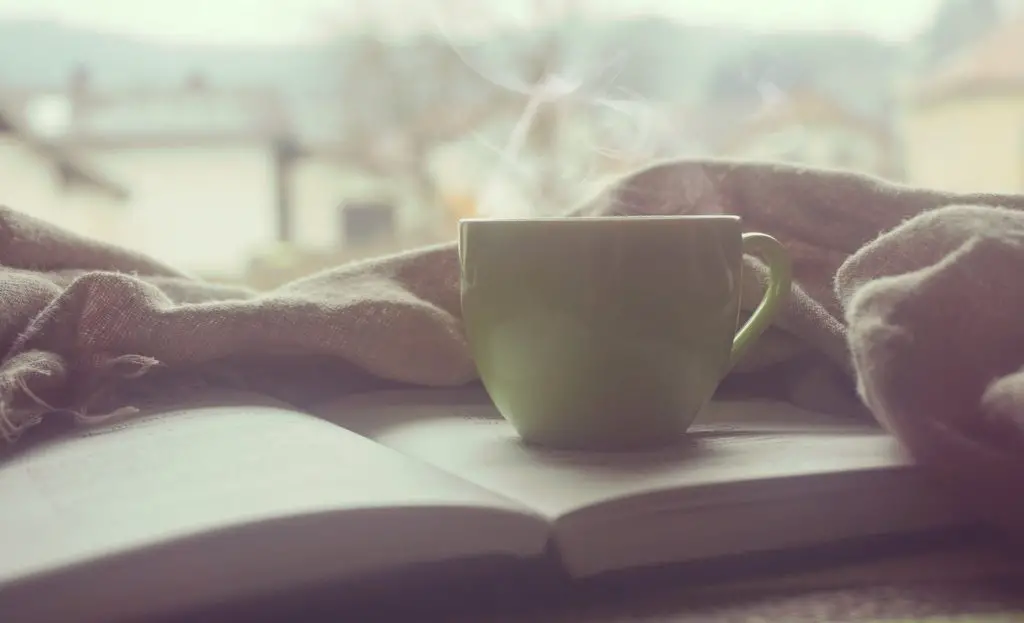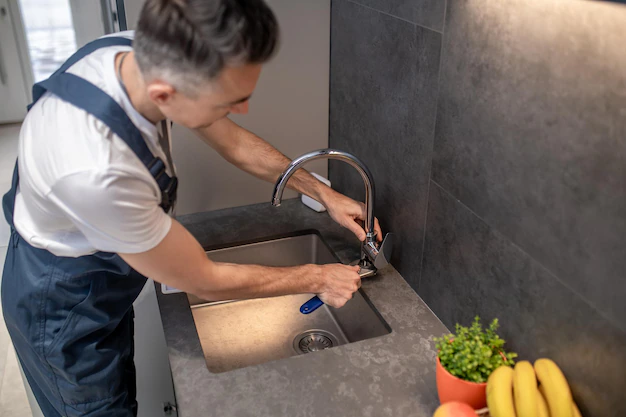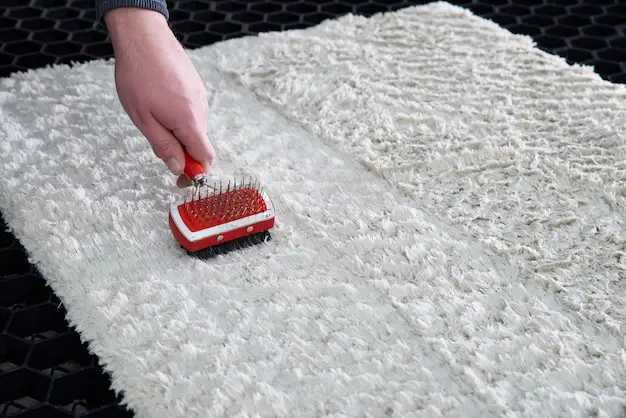Introduction
Everybody wants to have a good day that is full of optimism, productivity, and a feeling of wellbeing. However, the hectic pace of modern life frequently leaves us feeling drained, anxious, and overwhelmed.
It is essential to prioritize self-care and set aside time to unwind and recharge in the middle of our busy schedules and never-ending to-do lists. We may greatly improve our general well-being and start each day on a good note by including relaxation techniques into our daily routine.
In this post, we’ll look at five of the greatest breathing techniques for unwinding so that you may have a good day and lead a better, more balanced existence.

Table of Contents
5 Best Relaxation Exercises to have a Good Day
1. Conscious Breathing Exercises
A good day starts with a few inhalations. Exercises in mindful breathing are a great way to ground yourself, quiet your thoughts, and focus on the here and now. Close your eyes and settle into a comfortable posture, whether you’re laying down or sitting up. Inhale deeply, allowing your belly to rise; as you gently exhale, feel the stress leave your body. With your attention exclusively on your breath and the feelings it produces, repeat this practice numerous times. Imagine taking in positive energy and expelling any negativity or tension with each breath.
Even a few minutes a day of mindful breathing exercises may make a significant difference in your wellbeing and help you prepare for a good day.
2. Progressively relaxing the muscles
Our muscles have a tendency to build up tension, which adds to our sensations of stress and tiredness. A technique called progressive muscle relaxation includes gradually tensing and then releasing each muscle group in your body. Start by concentrating on your toes, tensing them purposefully for a short period of time, and then releasing the tension, allowing them to totally relax. Repeat this technique as you gradually raise your focus up your body, focusing on your calves, thighs, belly, arms, shoulders, and ultimately your face.
This practice teaches you how to release the tension in your muscles and assists you in being more aware of it. You may relieve both physical and emotional tension by implementing progressive muscle relaxation into your daily practice, which will help you get ready for a good day.
3. Guided visualization and imagery
When it comes to relaxation and fostering a happy outlook, the power of imagination may do wonders. In guided imagery and visualization exercises, you visualize soothing, tranquil settings that will help you unwind and escape from the stresses of daily life. Find a calm area, close your eyes, and see yourself in a happy, peaceful location. A pristine beach, a verdant forest, or a warm cottage in the mountains may all fit the bill. Consider every aspect of your preferred environment, including the colors, sounds, scents, and textures. Use every sensation and allow yourself to become totally absorbed in the event.
This routine aids in refocusing your attention away from stress and anxiety and into a more upbeat and calm frame of mind, laying the groundwork for a good day full of hope and rekindled energy.
4. Stretching and Physical Activity Movement
Exercise is a crucial element of relaxation and self-care. Stretching exercises and gentle motions serve to reduce stress and promote relaxation as well as flexibility improvement and muscular release. Simple stretching exercises may improve your general well-being and create a good tone for the day. Include a few of them in your morning or daily routine.
Spend a few minutes stretching your muscles before you do anything else. Stretching your spine and inhaling deeply, get up and raise your arms overhead. Your entire body, from fingertips to toes, should feel stretched. Next, tilt your head side to side, forward, and backward to gently extend your neck. As you concentrate on each stretch, let the tension to dissolve. Next, rotate your shoulders in a circle while crossing your arms over your chest. Sitting on the floor, extend your legs as far as is comfortable, until your toes are touched. With the aid of these quick stretching exercises, you may reduce stress and improve blood flow, which will help you have a good day.
Incorporating body movement activities like walking, running, or dancing may significantly improve your general well-being in addition to stretching. Not only can moderate exercise enhance your mood, but it also improves circulation and gives you more energy. To connect with nature and enjoy the fresh air, think about going for a quick morning walk or jog.
Put on your favorite music and start dancing if you’d want something more upbeat. The feel-good chemicals endorphins, which are released when you move your body, may greatly boost your mood and set the stage for a good day full of vigor and enthusiasm.

5. Journaling and Exercises in Gratitude
In order to have a good day, emotional well-being and physical relaxation are both crucial. Writing in a journal and expressing gratitude are powerful ways to relieve stress and promote optimism. Every morning, set aside some time to write down your feelings, thoughts, and goals for the day. Any problems or issues that may be on your mind are allowed to be expressed. Writing in a diary allows you to let go of emotional stress and brings clarity, which enables you to face the day with intention and focus.
Gratitude exercises, in addition to writing, may greatly improve your general well-being. Spend a few minutes every day thinking about and recording your blessings. Simple things like a warm cup of coffee, an encouraging buddy, or a stunning sunrise might be among them. By reminding you of all the blessings in your life, thankfulness helps you change your mentality from one of pessimism to one of optimism. Setting the tone for a good day full of appreciation and satisfaction is starting the day with gratitude.
Conclusion
A great strategy to prioritize self-care and lay the groundwork for a good day is to include relaxation activities in your daily routine. You may use helpful methods to unwind, release tension, and foster a good outlook with friends and family. These include mindful breathing, progressive muscle relaxation, guided visualization, stretching, body movement, journaling, and gratitude practice. In spite of the responsibilities of everyday life, never forget to take care of yourself.
Consider these relaxation techniques to be vital to your general wellbeing. You may create inner calm, optimism, and vigor by engaging in these activities on a daily basis. This will help you have good days and lead a better, more balanced existence.
Bible Verse
Matthew 11: 28 "Come to me, all you who are weary and burdened, and I will give you rest."
When you find ways on how to relax yourself whenever your body is tired. Then, the most effective remedy is to draw closer to Jesus. Lord Jesus when you seek Him first, will wonderfully change you from being tired to having a constant rest. So dear brethren, come to Jesus!
Internal Links
- Internet Connection: 10 Powerful Secret Techniques to Supercharge It
- 10 Blood Pressure Pointers: Unlocking the Secrets to Maintaining a Healthy Blood Pressure
- Exploring 8 Heart Therapy Methods for Cardiovascular Disease
- 8 Important Information: Nurse Roles in Refining Client Care
- 10 Online School Thrilling Tips to Excel



